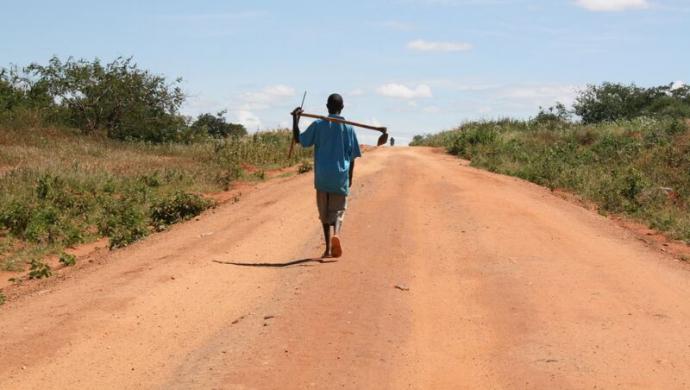Many programs aimed at helping improve health and other conditions for the poor in developing countries end up benefiting the wealthier segments of the population, according to a World Bank study entitled, “Reaching The Poor: What Works, What Does not, and Why” released on Wednesday, reports the World Bank press review.
The study of programs in Africa, Asia, and Latin America found that both public and private services – including those aimed at the disadvantaged – “usually end up reaching people in better-off groups more frequently.”
The report found that in almost all of the more than 20 countries surveyed, “the richest 20 percent of the population received more of, or as much as, the governments subsidized maternal and child healthcare services as the poorest 20 percent.”
The report was sponsored by the Gates Foundation and Dutch and Swedish governments as well as the World Bank.
There was no common theme that united the successful approaches to providing healthcare to poor people, according to the report. On the other hand, the pattern of failure involved a lack of evaluation and monitoring to ensure the help is really getting to those who need it, said lead study author Davidson Gwatkin, a World Bank adviser.
– There was an assumption that good intentions were enough, Gwatkin said. – However, in many cases, better-off families tend to be better-educated and are more likely to seek medical help, and health centers often cluster in richer urban areas rather than in poorer rural areas, he noted.
One example cited in the report was a program to improve emergency obstetric care (fødselspleje) in Bangladesh, one of the poorest countries in the world. The program focused on setting up specialized centers, but it turned out that it was the urban elite who used the services most.
– Whereas there is much to commend that from a quality point of view, what the study shows is that from an equity point of view, it does not help. One of the sad realities is that quality increases do not necessarily translate themselves into increased use of those quality services by poor women, Gwatkin said.
However, the investigators found plenty of encouraging examples where governments and aid organizations made a difference to the lives of poor people.
The Nation (Kenya) writes that an education trust in Kisumu stands out as one of the few successes cited in the World Banks report.
The Kisumu Medical and Education Trust (KMET) differs from most of the initiatives evaluated by the World Bank in that it largely fulfils its mission of making reproductive health and family planning services more accessible to the poor.
“Unlike health programs found to be biased against the poor, KMET is non-discriminatory,” the report states. “Many poor people in KMET’s service area have gained better access to reproductive health and family planning services, as have local residents who are not poor,” it adds.
But the World Bank does not give KMET an unequivocal endorsement. “Our central research question – does KMET benefit the poor? – was answered positively but weakly,” the report notes. “Further efforts are necessary to target programmatic investments to the more needy and adds the report.
The study singled out the following notable success programs:
Colombias approach to provide subsidized health insurance to the disadvantaged which raised insurance coverage in the poorest 20 percent of the population from less than 10 percent in the early 1990s to nearly 50 percent four years later, and in which about 65 percent of the money in the program went to the poorest 40 percent of the population.
Mexicos program that pays poor families for attending clinics and school was another example in which almost 60 percent of the people who benefit belong to the poorest 20 percent of Mexicos population.
Also among the success stories were programs in Africa that distribute insecticide-dipped bed nets for fighting malaria.
In Ghana, Zambia and Tanzania, the increase in bed-net use was higher among the poor than among the better-off. Bed-net ownership among the poor rose from 18 percent to 82 percent in a test region of Zambia. Similar leaps were seen in Ghana and Tanzania.
Meanwhile, aid workers said Wednesday that aid donors and agencies need to radically re-think the way they distribute funds in developing countries to ensure they reach the poorest people who desperately need them.
Launching a report “How to Make Poverty History” by the International Institute for Environment and Development (IIED) aid agency, they said plenty of funds were flowing but were not getting through to local community groups.
– The aid arteries are open, but the capillaries (karrene) are not. All too often the money is getting trapped in the pipeline. All too often when NGOs get involved the project costs multiply. NGOs have to be accountable downwards, not just to their donors, said report co-author David Satterthwaite.
Kilde: www.worldbank.org















